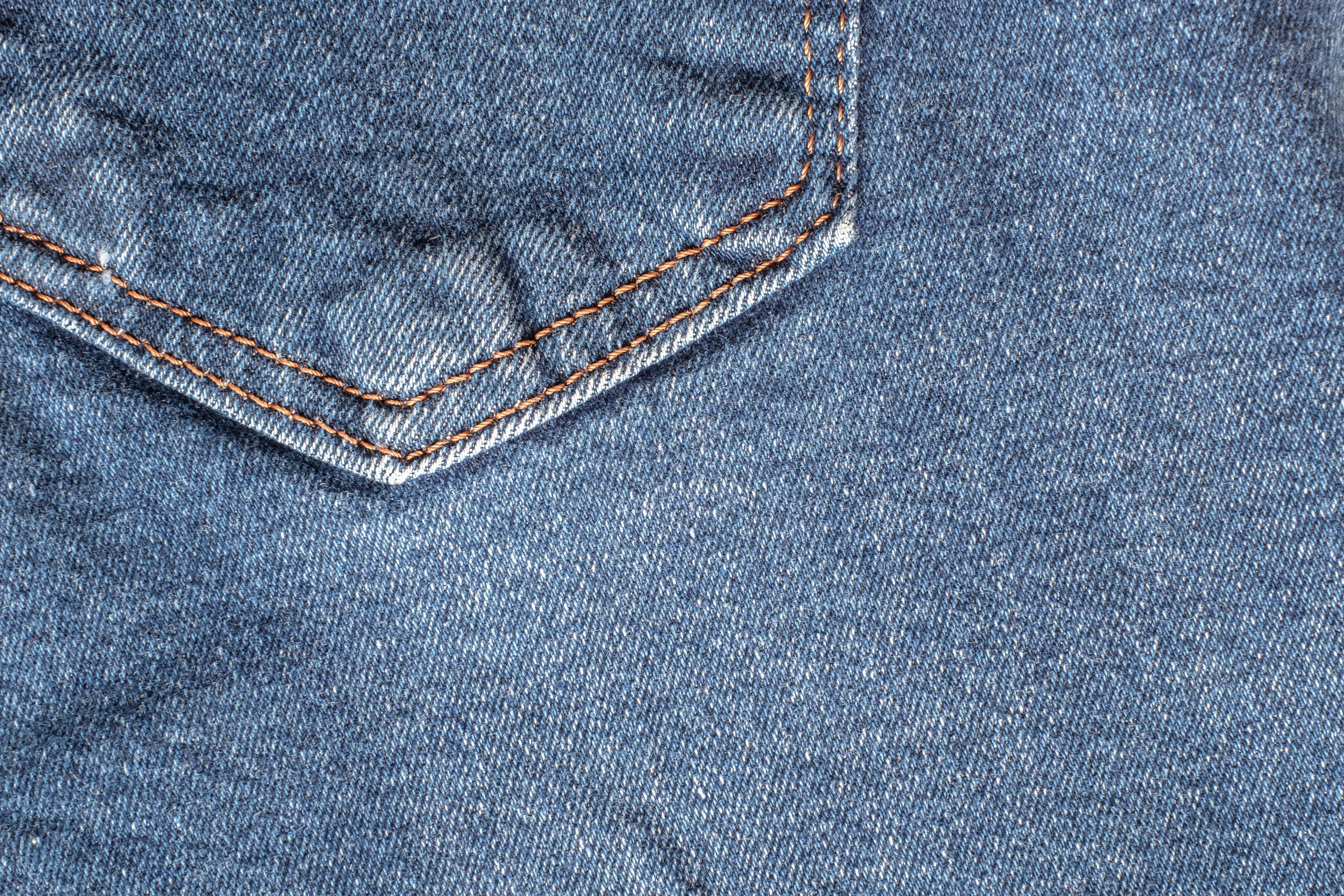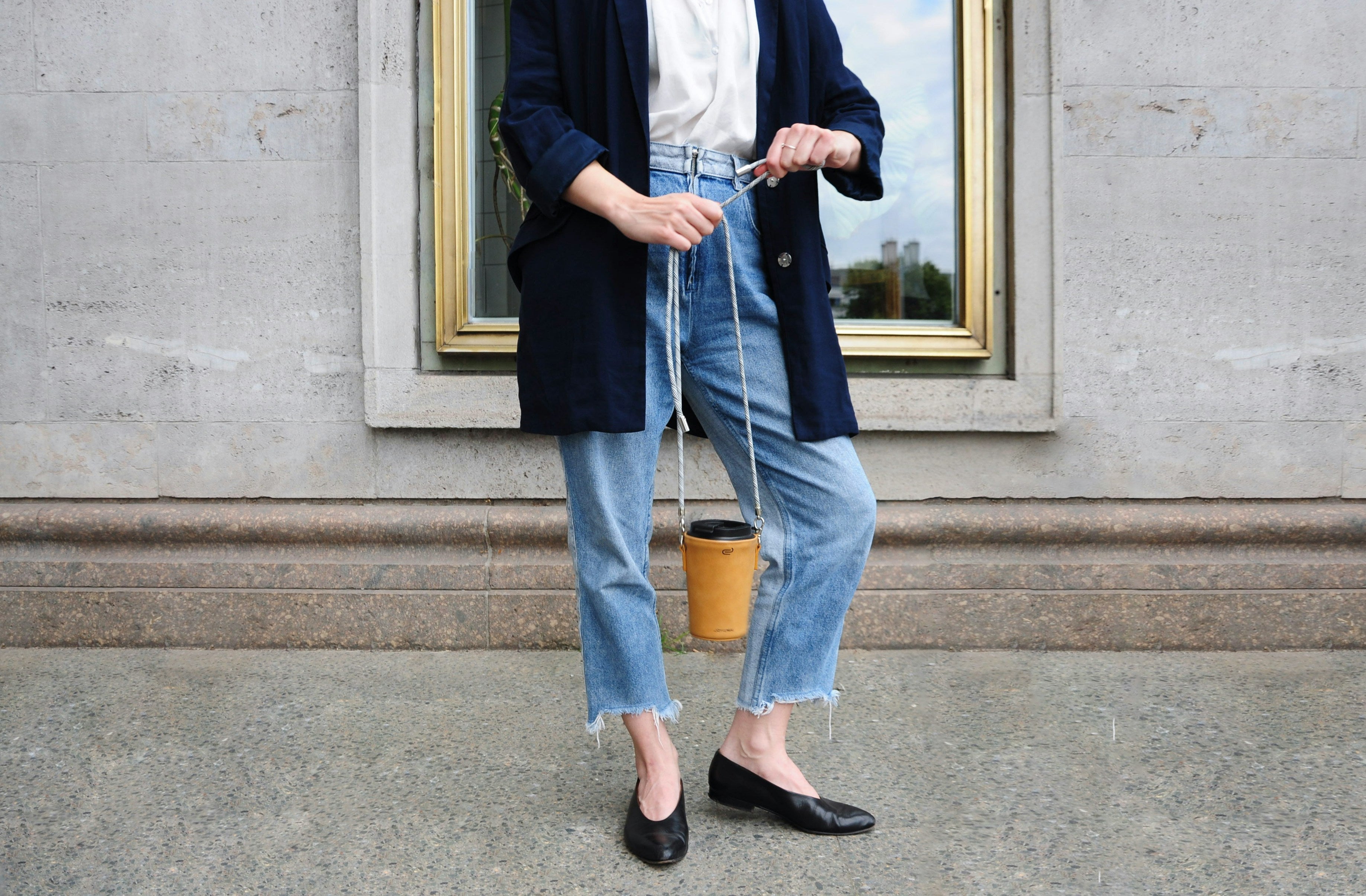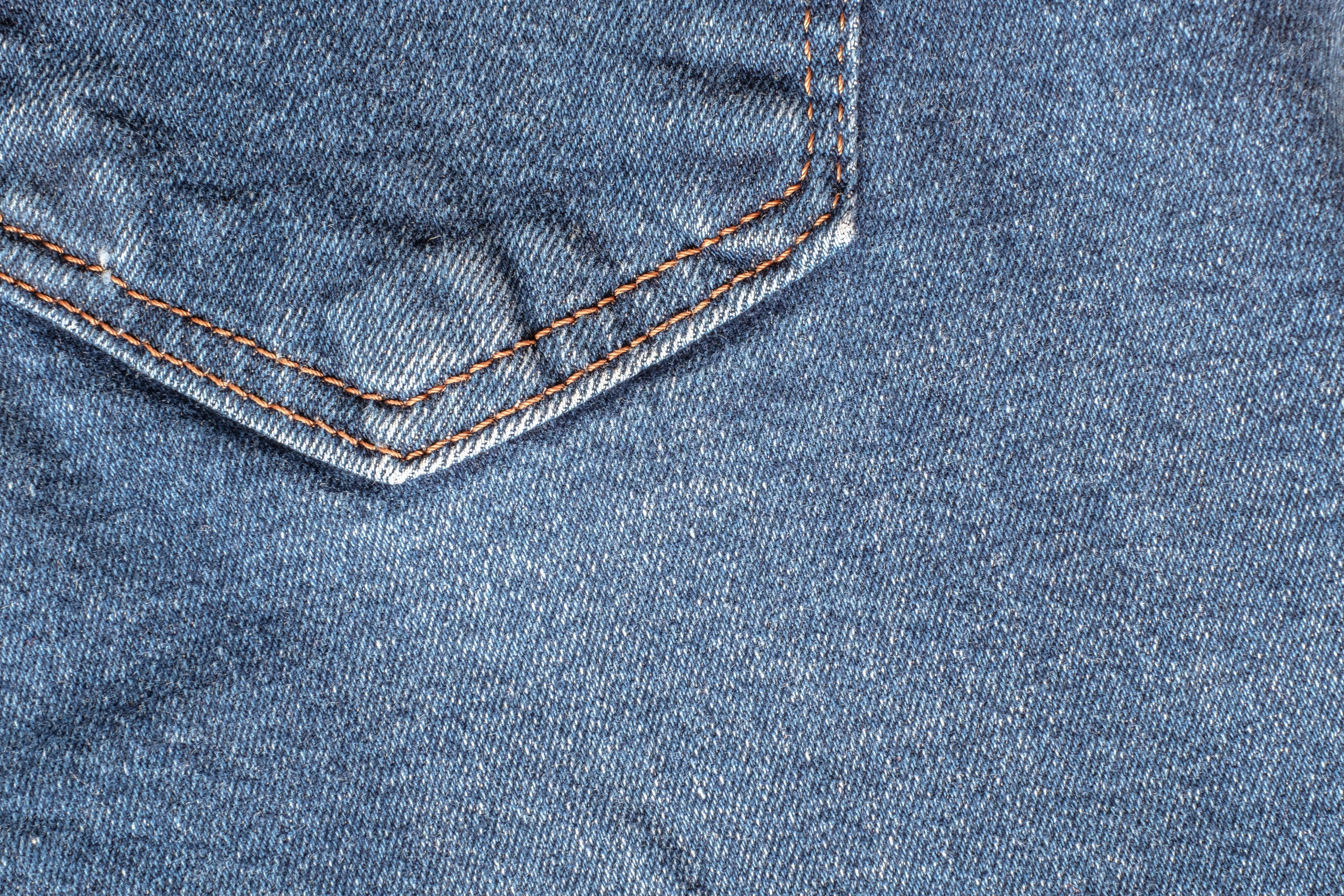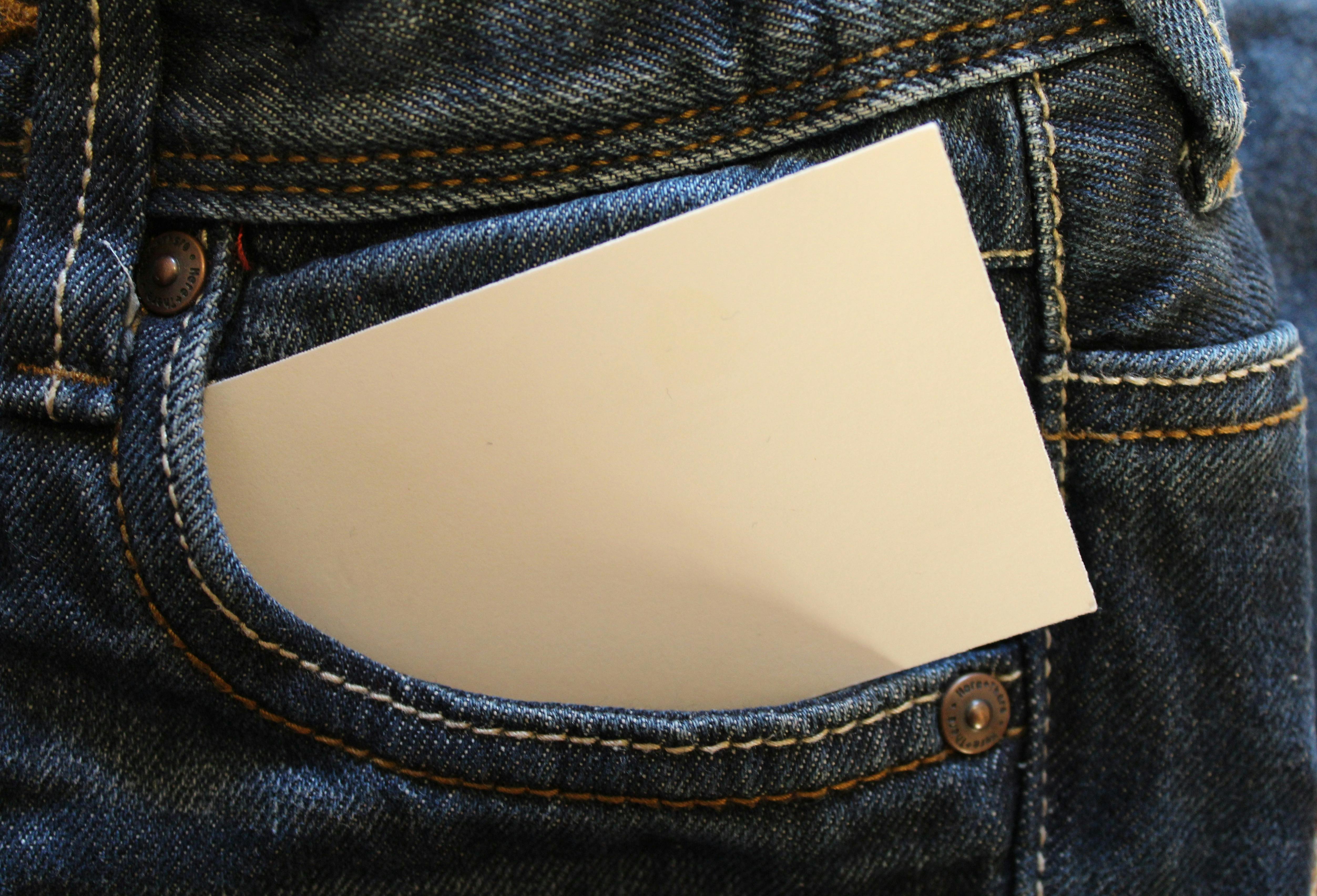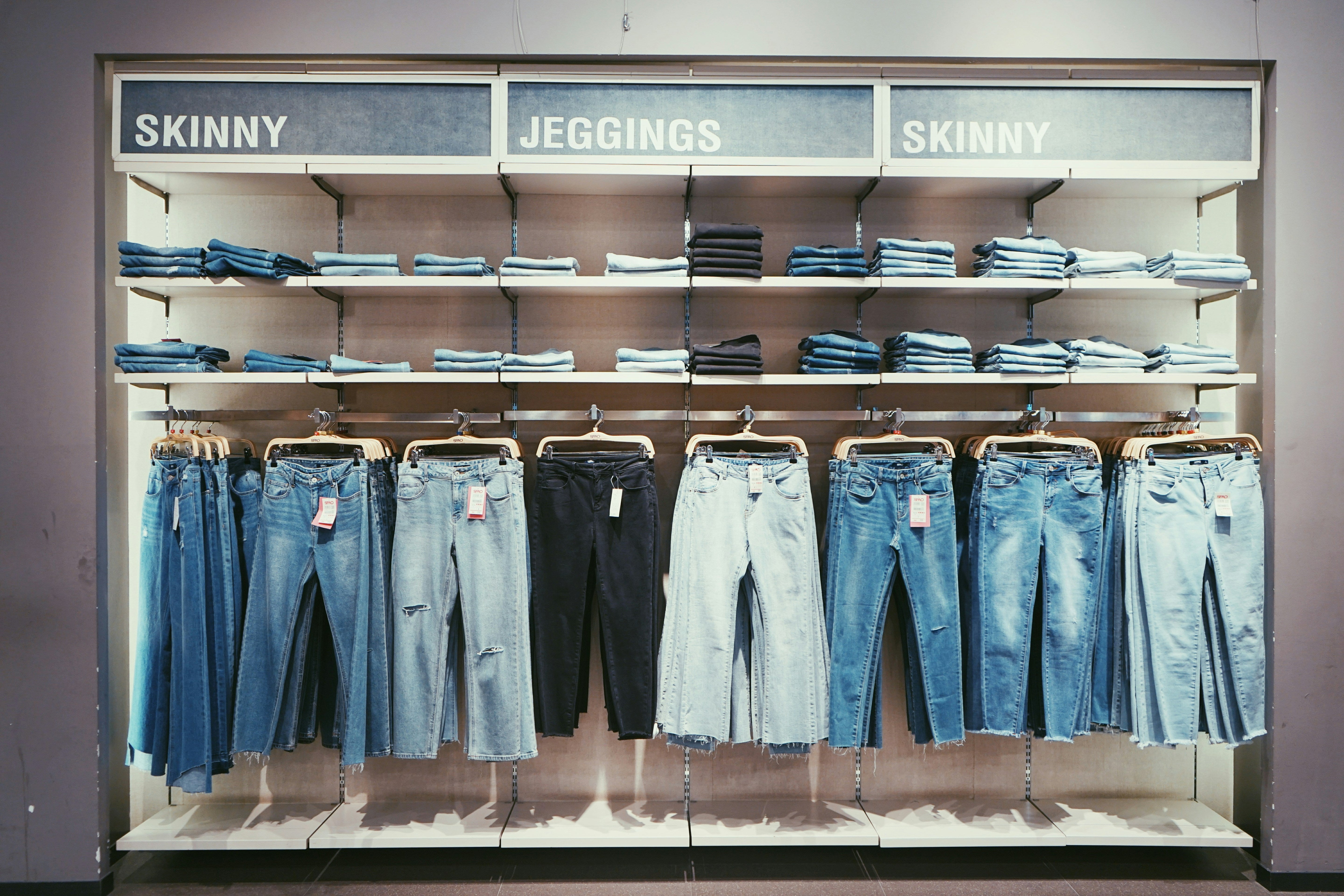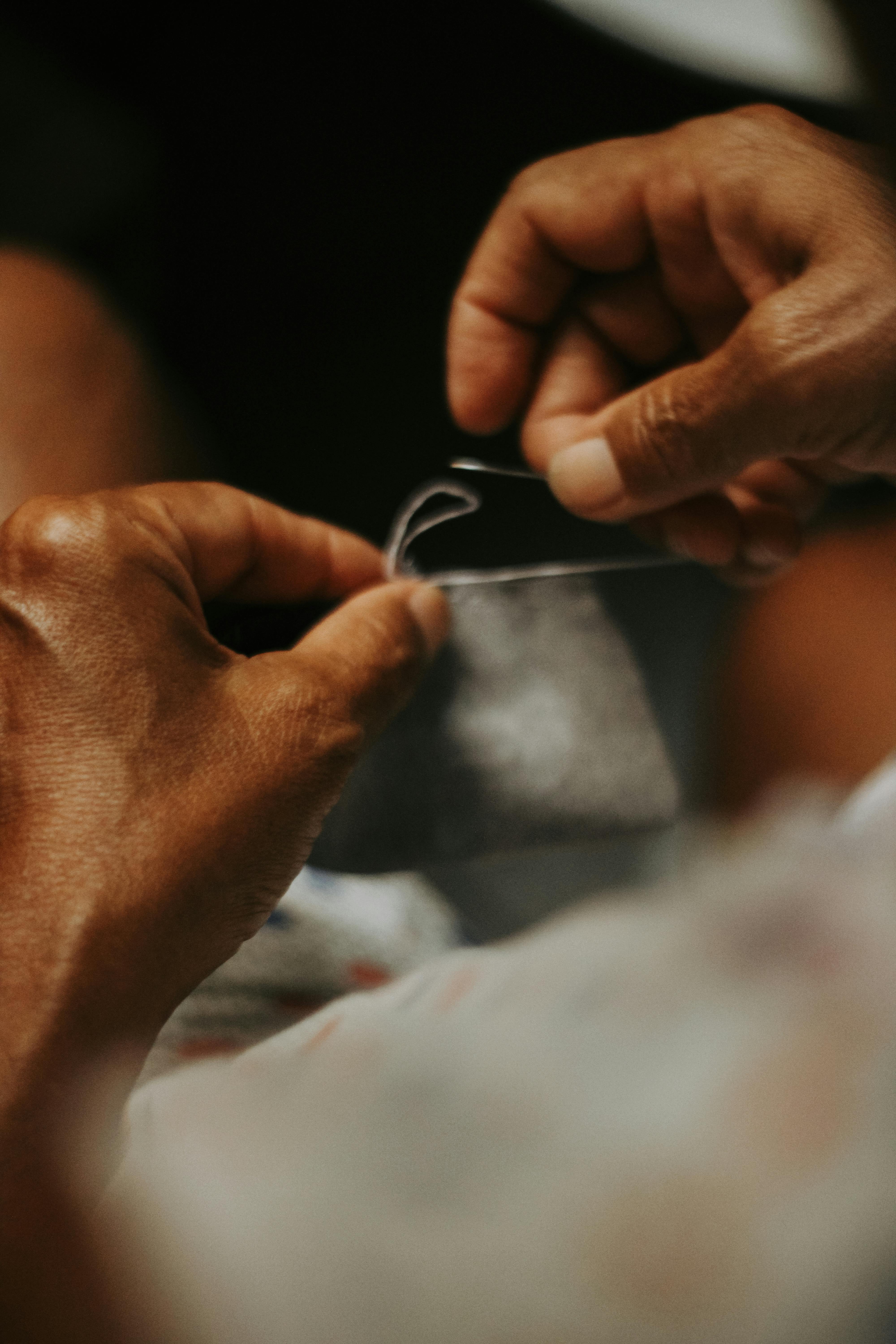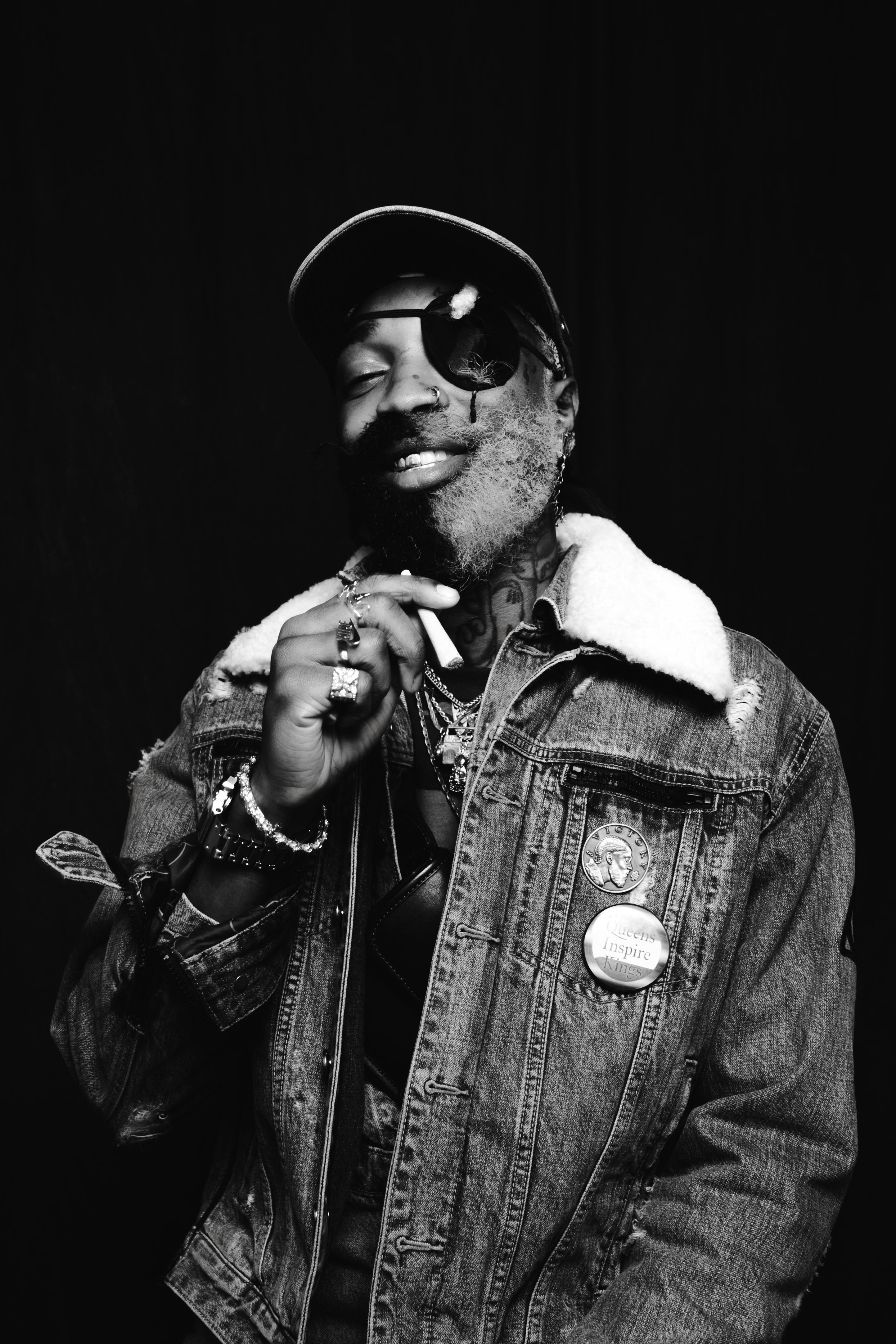
Iconic Denim Brands and Their Stories
Denim. A word that instantly brings to mind rugged blue jeans, timeless jackets, and all things effortlessly cool. From American workwear to global fashion must-have, denim has stitched itself into the very fabric of our wardrobes and our culture. But how did it get here? And who helped shape this journey?
At BeJeans, we’re all about honoring authenticity, style, and the stories that make fashion meaningful. Today, we’re taking you through the history of denim and the iconic denim brands that built the legacy brands that transformed jeans from tough utility wear to cultural touchstones.
The Humble Origins of Denim
Before jeans became a fashion statement, denim was a hardworking fabric.
Denim traces its roots to “serge de Nimes”, a sturdy twill fabric developed in Nimes, France. Its signature diagonal weave and durability made it ideal for workers. But it wasn’t until denim reached American soil that its legend began.
In the mid-1800s, denim caught the attention of laborers during the California Gold Rush. Practical, tough, and easy to wear this was a fabric built for real life.
A fun fact? A single bale of cotton can produce 325 pairs of jeans. That’s how efficient and essential denim has become.
Levi’s: The Birth of Blue Jeans
If we’re talking denim legends, Levi Strauss & Co. leads the pack.
In 1873, Levi Strauss, a German immigrant and dry goods merchant, partnered with tailor Jacob Davis to patent riveted denim trousers. These weren’t just pants they were built to last, with copper rivets reinforcing high-stress points. Thus, the first-ever blue jeans were born.
Levi’s 501 jeans became the blueprint of classic denim featuring a straight leg cut, button fly, and that iconic leather patch. Even today, the 501s are a favorite for their timeless fit and raw edge.
Another little detail? That tiny watch pocket inside your front pocket was designed to hold a pocket watch. It still exists on most jeans today just as a stylish nod to the past.
Lee
Next on our denim timeline is Lee founded in 1889 in Kansas by Henry David Lee. Originally known for durable workwear, Lee introduced the world’s first overalls and later, in the 1920s, the zip-fly jeans a game-changer in comfort and convenience.
What set Lee apart was its focus on functionality with a fashionable twist. It was a favorite among factory workers, ranch hands, and later, casual dressers who appreciated its clean silhouettes and strong craftsmanship.
By the mid-20th century, Lee had firmly embedded itself into everyday American life.
Wrangler
Founded in 1947, Wrangler was crafted with one person in mind the cowboy.
Working with rodeo tailor Rodeo Ben, Wrangler created jeans built for the saddle: higher back rises, flat rivets that wouldn’t scratch horse saddles, and reinforced seams. These weren’t just jeans; they were a tool of the trade for the Western lifestyle.
But Wrangler didn’t stop at the rodeo. It became a symbol of freedom, adventure, and individualism a legacy that still rides strong today.
From Workwear to Runway – Calvin Klein
By the 1970s and 1980s, jeans had shed their strictly utilitarian image and slipped into something sexier.
Enter designer denim.
Calvin Klein was one of the first to introduce high-end jeans to the mainstream, making them a runway favorite. His 1980 campaign featuring a young Brooke Shields sparked a cultural moment “Nothing comes between me and my Calvins” and jeans were never the same.
Soon, brands like Gloria Vanderbilt, Guess, and Jordache followed, serving up high-waisted, curve-hugging denim with loud logos and louder attitude.
In the 2000s, denim got personal. DIY jeans ripped, embroidered, bedazzled became a Millennial staple, a creative canvas for self-expression. From low-rise skinnies to super high-rise mom jeans, fashion kept evolving but denim remained front and center.
Innovation & Sustainability
Fast forward to today, and denim is more than just stylish it’s smarter and greener.
With growing awareness around fast fashion’s impact, many brands are turning to sustainable denim practices using organic cotton, reducing water usage, and even experimenting with cottonized hemp to minimize waste.
We’re seeing more eco-conscious collections, ethical production lines, and cleaner dyeing techniques. It’s no longer just about how your jeans look it’s about how they’re made.
At BeJeans, we believe your denim should make you feel good and do good for the planet.
Denim in Pop Culture
Denim didn’t just show up in closets it showed up in culture.
In the 1950s, jeans were seen as rebellious, banned in schools and restaurants. Thanks to icons like James Dean and Marlon Brando, denim became the uniform of the misunderstood, the defiant, the cool.
In the 1980s, denim hit the dance floor tight, high-waisted, and drenched in designer drama. Then came the grunge of the ’90s, the ultra-low rise of the 2000s, and today’s blend of throwback and modern flair.
Why These Stories Matter
Understanding the history of denim is more than a trip down memory lane. It’s about knowing where our style comes from and why it matters.
Every stitch in a pair of jeans tells a story. A story of invention, culture, change, and resilience. From the gold mines of California to fashion capitals around the world, denim has evolved but it has never gone out of style.
And at BeJeans, that’s exactly what we stand for timeless denim with a modern soul.
Final Stitch
From Levi’s rivets to Calvin Klein’s runways, denim has come a long way. But no matter the cut, the rise, or the wash, jeans are here to stay as relevant today as they were 150 years ago.
So, the next time you pull on your favorite pair, remember you’re not just wearing pants. You’re wearing a piece of history.
And if you’re looking to start your next denim chapter BeJeans has your back.

